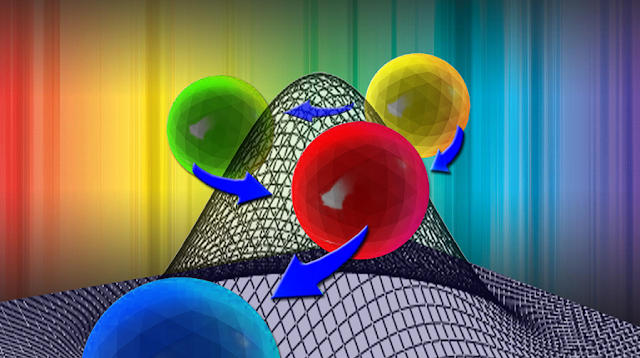Artificial Intelligence
| Determining the pace of artificial intelligence research to not be fast enough, DARPA, the U.S. military’s advanced concepts research agency has launched an initiative to design automated tools that will make it easier to not just program computers, but to help computers teach themselves. |
The ability of computers to understand data, manage results, and infer insights from uncertain information called machine learning is the force behind many recent revolutions in computing.
However, every new machine learning application requires a monumental effort. Even a team of specially trained machine learning experts makes only painfully slow progress, due to the lack of tools to build these systems.
As illustrated above by DARPA, in PPAML model: the computer (yellow) carries out a new task (red); the program adds its prior training (green), makes predictions, and completes the task. The end result: a smarter machine.
PPAML seeks to greatly increase the number of people who can successfully build machine learning applications and make machine learning experts radically more effective.
The program also seeks to create more economical, robust and powerful applications that need less data to produce more accurate results — features inconceivable with today’s technology.
“We want to do for machine learning what the advent of high-level program languages 50 years ago did for the software development community as a whole,” said Kathleen Fisher, DARPA program manager.
“Our goal is that future machine learning projects won’t require people to know everything about both the domain of interest and machine learning to build useful machine learning applications. Through new probabilistic programming languages specifically tailored to probabilistic inference, we hope to decisively reduce the current barriers to machine learning and foster a boom in innovation, productivity and effectiveness.”
The PPAML program is scheduled to run 46 months, with three phases of activity from 2013 to 2017. Fisher believes a successful solution will involve contributions from many areas, including statistics and probabilistic modeling, approximation algorithms, machine learning, programming languages, program analysis, compilers, high-performance software, and parallel and distributed computing.
The DARPA Special Notice document describing the specific capabilities sought is available here.
SOURCE DARPA
| By 33rd Square | Subscribe to 33rd Square |




0 comments:
Post a Comment